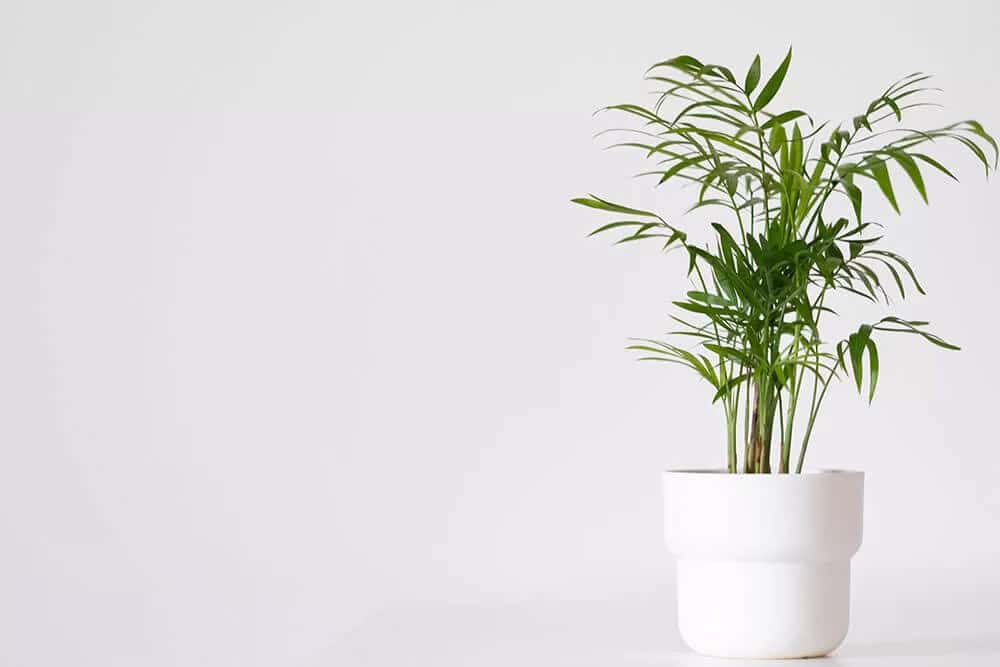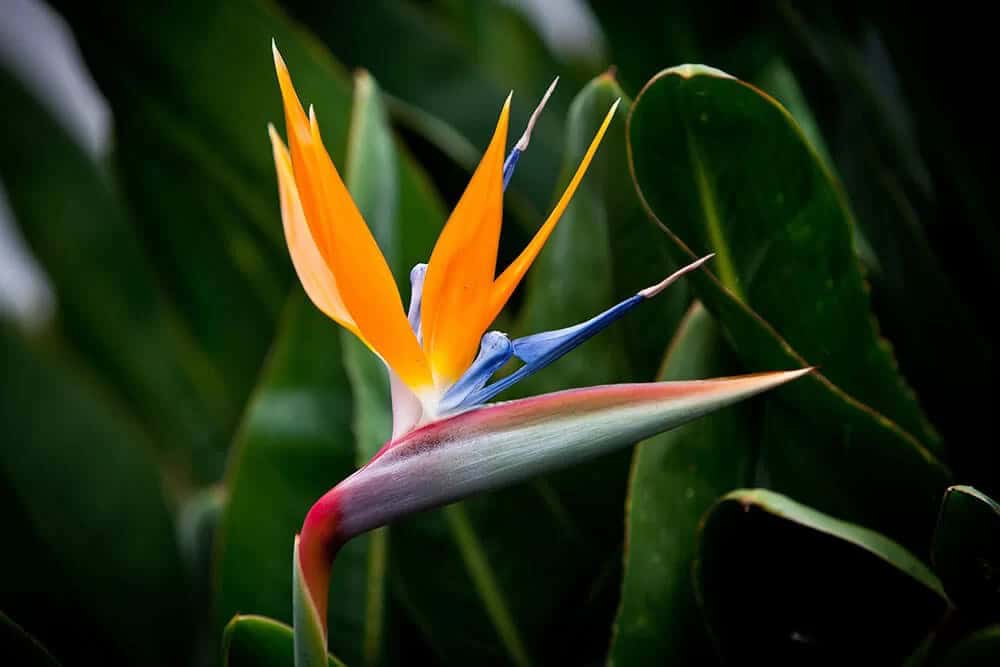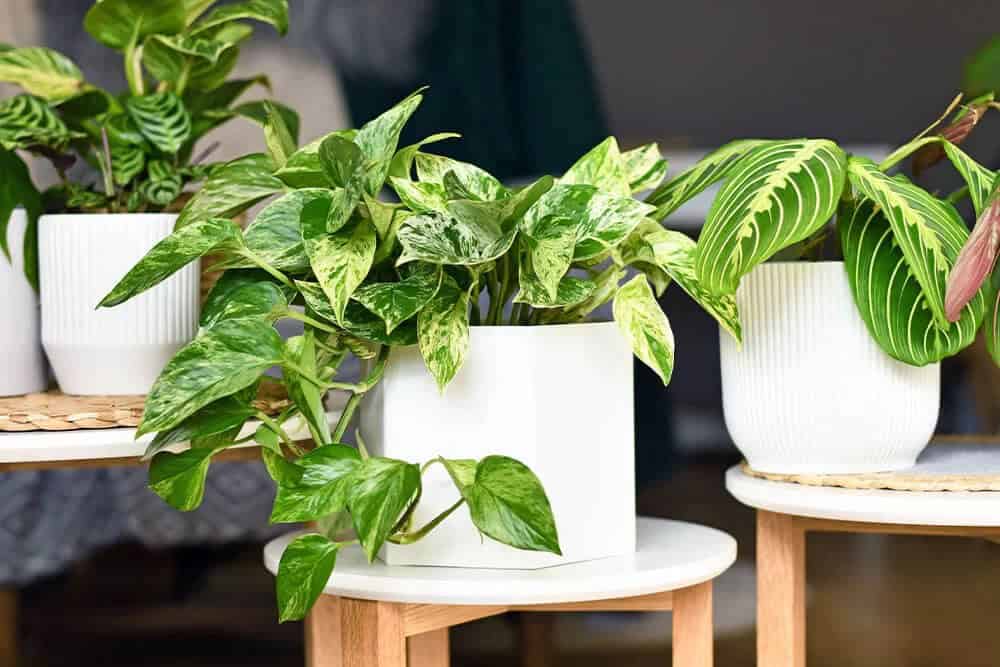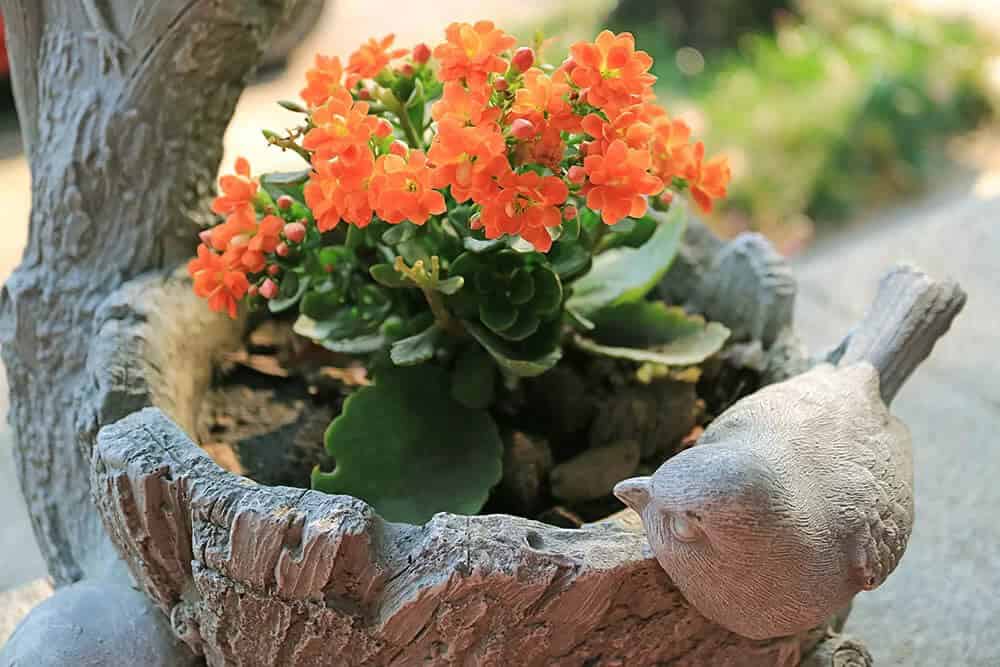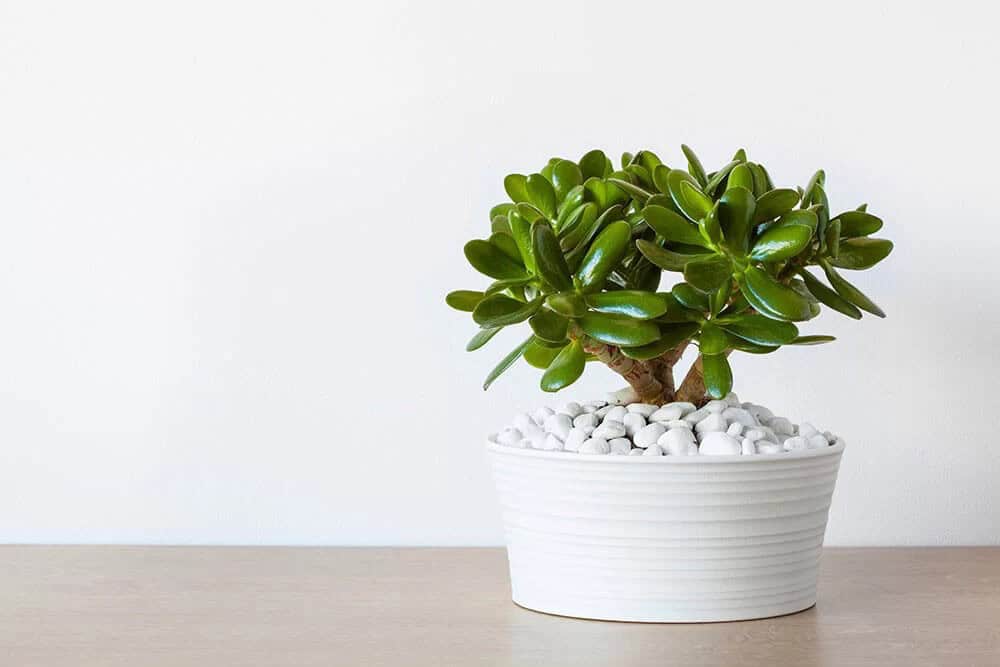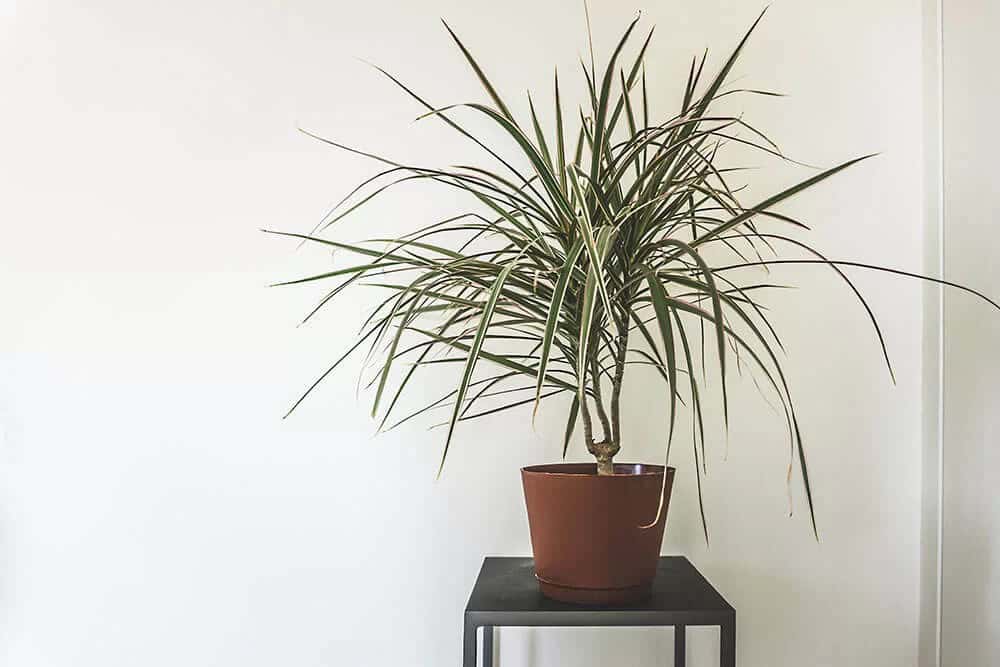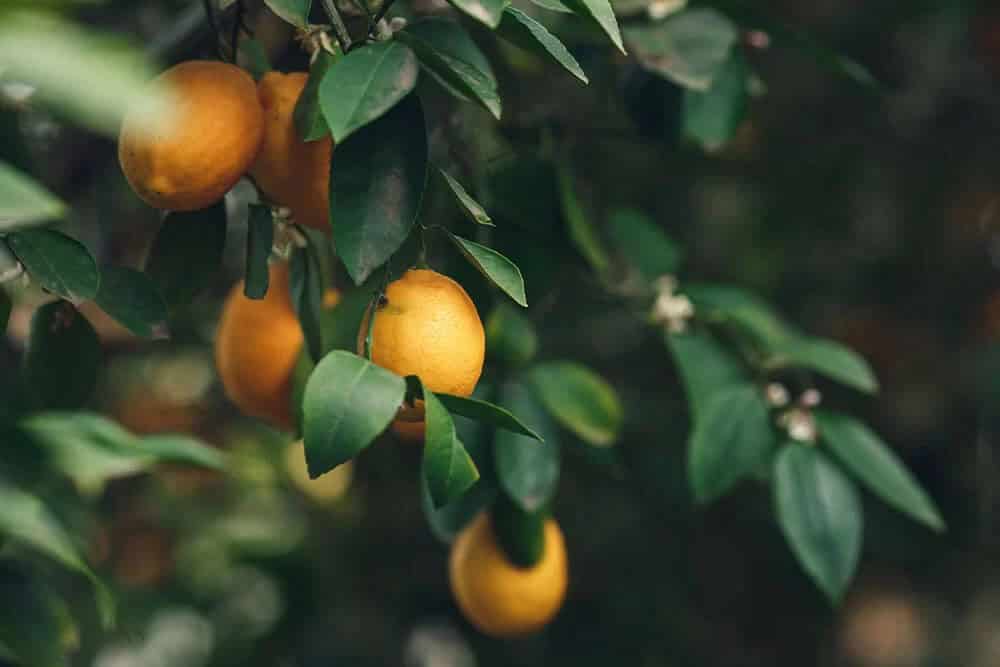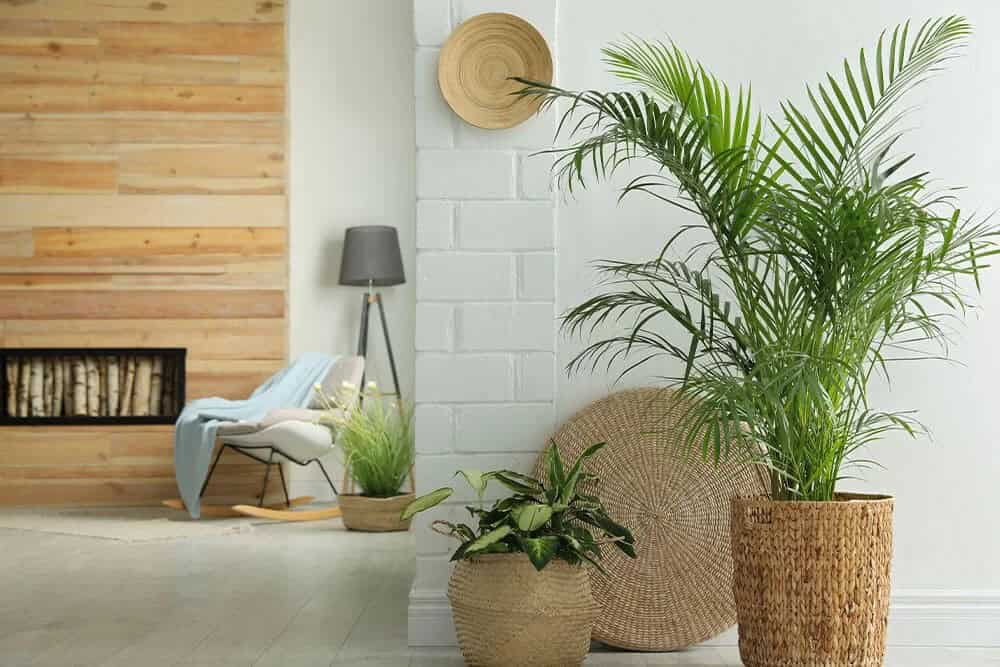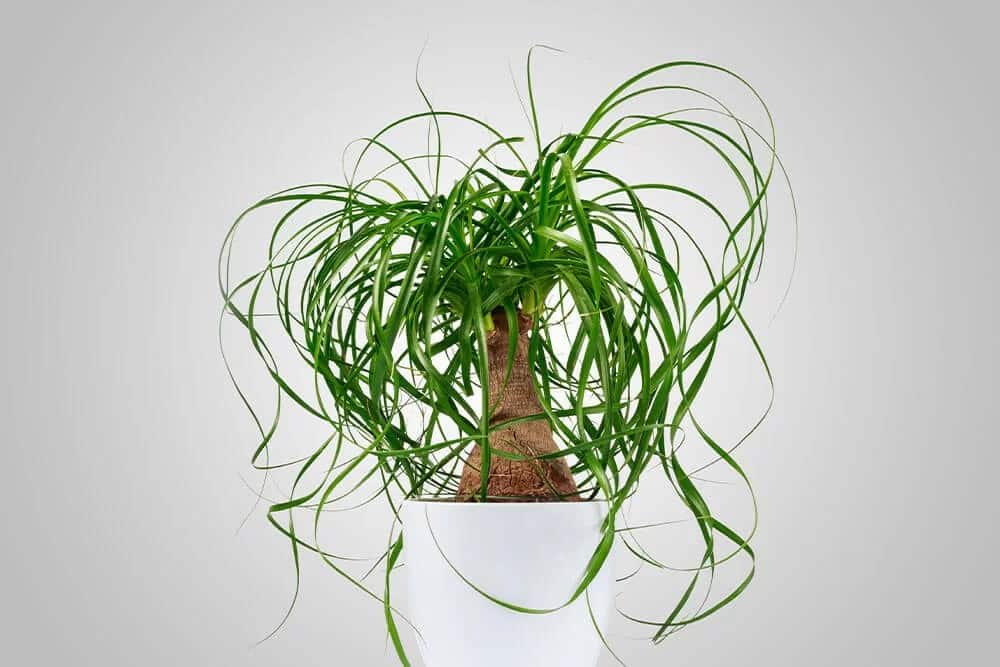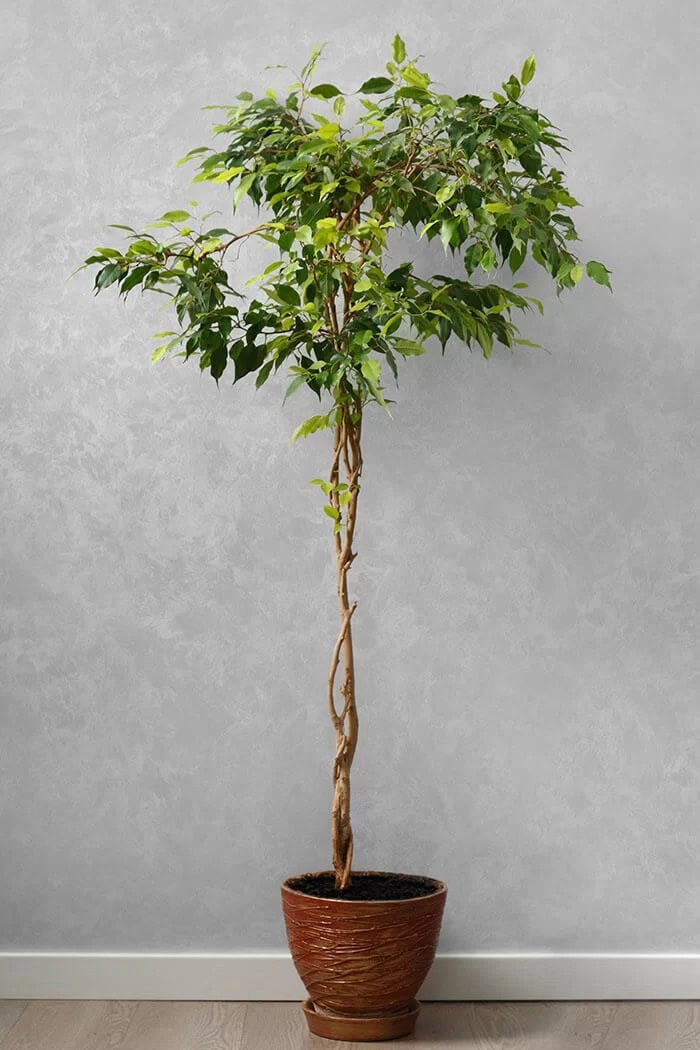When it comes to enhancing the ambiance of your living room, size doesn’t matter. It’s where many of our most cherished moments with loved ones unfold, making it essential that the space looks its best. One effective way to achieve this is by introducing a touch of nature through plants.
To guide you in selecting the perfect additions for your living room, we’ve compiled a list of top-notch indoor plants that will bring an array of stunning features to the table – from vibrant flowers and lush foliage to unique ornamental characteristics.
Key Takeaways
Throughout this article, you’ll discover a diverse range of indoor plants specifically suited for living rooms. As you explore these species, you’ll notice recurring themes that highlight their unique characteristics and benefits. Before diving in, let’s quickly summarize the key takeaways about living room plant varieties.
One notable aspect is the variety of shapes and sizes, which can fit comfortably within a reasonably sized container.
Another striking feature is the stunning display of flowers and foliage that many of these plants showcase. Additionally, it’s fascinating to learn that indoor plants hail from various regions around the world, each with its own unique characteristics.
It’s also worth noting that while they thrive indoors, many indoor plant species struggle to survive year-round outdoors in most parts of the United States. This underscores their importance as a design element in your living space.
In fact, some indoor plants can even become the primary focal point for your interior design, adding a touch of natural elegance and sophistication.
15 Lush Indoor Plants for Living Room that Guests and Family will Love
African Violet (Saintpaulia ionantha)

The African violet is a charming, compact plant that can bring a touch of elegance to even the most minimalist of spaces. Its vibrant purple blooms, often accompanied by a bright yellow center, are a stunning sight to behold. But it’s not just the flowers that make this plant special – its dark green leaves have a unique fuzzy texture that adds depth and visual interest to the overall aesthetic.
The striking contrast between the bold, colorful blooms and the subtle, textured foliage is what truly sets the African violet apart, making it a delightful addition to any living room.
Bamboo Palm (Dypsis lutescens)
While often mistaken as bamboo, the bamboo palm tree is actually a distinct species that boasts a unique appearance. Its stalks, reminiscent of bamboo shoots, emerge from the ground and grow vertically, topped with long, light green foliage. As it’s surprisingly low-maintenance, this plant thrives in various lighting conditions, making it an ideal choice for indoor cultivation. Its ability to adapt to changing environments has earned it a spot as a popular houseplant.
Bird of Paradise (Strelitzia reginae)
The bird of paradise plant stands out as one of the most coveted species in horticulture, making it an ideal centerpiece for any living space. Its striking orange blooms, resembling a bird’s head, are sure to captivate anyone who sets eyes on them. The plant’s oversized leaves, which can reach several feet in length, add to its dramatic presence. Moreover, the bird of paradise plant is capable of growing quite large, making it a showstopper among other plants.
Its unique features ensure that it will be the focal point of any room, drawing attention from all who enter.
Chinese Fan Palm (Livistona chinensis)
The Chinese fan palm tree is a versatile plant that thrives in both indoor and outdoor environments, with its growth potential determined by the year-round temperature in your area. While it can reach considerable sizes outdoors, it tends to remain compact indoors, topping out at a few feet tall. The plant’s striking feature is its unique foliage, which assumes a large fan-like shape, earning it its name.
Notably, the Chinese fan palm has an rounded silhouette, with height and spread typically being in proportion to one another, adding to its ornamental appeal.
Devil’s Ivy (Epipremnum aureum)
When seeking an indoor planting option that offers ease of growth along with visual appeal, few options surpass the devil’s ivy plant. Also known as pothos, this fast-growing vine boasts stunning leaves that are a delight to behold. One of its most impressive features is its ability to thrive regardless of sunlight levels – it will expand rapidly whether basking in direct light or thriving in low-light conditions.
The plant’s heart-shaped leaves with distinct points are also a notable feature, often displaying a range of green and gold hues that add to their charm.
Dwarf Palmetto (Sabal minor)
The southeastern United States, particularly Florida and Georgia, is home to numerous palmetto species, several of which are well-suited for indoor cultivation. Among these, the dwarf palmetto stands out as an ideal choice for living room growth due to its compact nature. Reaching heights between 2 and 10 feet, this variety can thrive in a range of indoor settings, making it an excellent option for those seeking to bring some greenery into their homes.
Like the Chinese fan palm, the dwarf palmetto’s striking feature is its large, fan-shaped fronds, adding a touch of tropical elegance to any room.
Fiddle Leaf Fig (Ficus lyrata)
The fiddle leaf fig is a sought-after indoor plant choice, particularly well-suited for those seeking a statement piece for their living room. As it grows, this species can reach impressive heights of several feet, boasting a classic tree-like shape defined by a singular main stem. The leaves themselves are the true showstoppers – large and sprawling, some reaching multiple feet in length.
Each leaf’s subtle fiddle-shaped silhouette and glossy texture come together to create an eye-catching display when interacted with light.
Flaming Katy (Kalanchoe blossfeldiana)
Despite its compact size, the flaming Katy plant offers a multitude of benefits that make it an excellent addition to any living room design. One of its most striking features is the vibrant display of flowers that emerge during the winter months, providing a much-needed splash of color when many other plants are in dormancy. The flaming Katy’s blooms come in a range of fiery hues, including red, orange, and pink, allowing homeowners to choose the shade that best complements their decor.
Jade Plant (Crassula ovata)
The jade plant’s compact form belies its striking resemblance to a miniature tree. Its sturdy stems branch out multiple times, supporting a lush canopy of dark green leaves that are noteworthy not only for their perfect oval shape but also for their surprising thickness and fleshy texture.
Moreover, the plant is often associated with good luck, making it an attractive addition to any living space – whether its aesthetic appeal or potential benefits are what sway you, this charming plant is certainly worth considering.
Madagascar Dragon Tree (Dracaena marginata)
The Madagascar dragon tree offers an attractive solution for those seeking to fill a sizeable space within their living room. Upon maturity, this plant will boast a stately main trunk extending several feet tall, supported by a lush canopy of elongated, blade-like foliage. Some specimens may even develop multiple stems, allowing you to cultivate a striking braided pattern as they grow.
Meyer Lemon (Citrus × meyeri)
Despite common misconceptions, cultivating fruit doesn’t require a green thumb or acres of land. The Meyer lemon tree is an excellent example of a small, low-maintenance variety that can thrive indoors. With a minimal care regimen, you’ll be rewarded with a bountiful harvest of lemons each year. But even if you’re not interested in reaping the fruits of your labor, the plant’s beauty alone makes it worth growing.
The lemons themselves become a stunning addition to the tree’s aesthetic appeal, hanging like bright yellow ornaments from its branches.
Money Tree (Pachira aquatica)
The money tree, a popular choice for indoor spaces, boasts striking features that make it an excellent option for small rooms. Its leaves are characterized by their oval shape and sharp point, with a light green hue that adds to its charm. As the plant matures, it can develop multiple stems, which can be beautifully braided together to create a unique pattern.
When young, this tree is compact enough to sit on a desk or table, while older specimens can grow large enough to fill an entire corner of your living room, bringing a touch of natural beauty to the space.
Parlor Palm (Chamaedorea elegans)
While its name might suggest otherwise, the parlor palm is far from being confined to a single room. In reality, this versatile plant can thrive in almost any space, including the living room. Characterized by its multi-stemmed growth habit and ability to adapt to container life, the parlor palm is an attractive addition to any room. Its lush appearance is further enhanced by the abundance of long, feathery leaves that cascade down its stems.
Ponytail Palm (Beaucarnea recurvata)
The ponytail palm tree leaves a lasting impression due to its one-of-a-kind features. The standout characteristic of each leaf is its remarkable length, which causes it to naturally bend and twist as it matures. This unique foliage accumulates at the top, resembling a hairstyle reminiscent of a ponytail. Furthermore, the trunk of this plant warrants attention for its distinctive appearance.
Its light grey colour, smooth texture, and prominent root flare, situated just above the soil’s surface, create a dramatic visual effect.
Weeping Fig (Ficus benjamina)
The weeping fig tree takes center stage as our final entry, showcasing its unique charm through its loose and pendulous branches with subtle arches that carry vibrant, shiny leaves. This feature is amplified by the ability to train the multiple stems into a beautiful braided pattern, making it an undeniable focal point in any living room. As people seek suitable plants to share their space with, common questions arise about indoor plants for living rooms.
To address this curiosity, we’ve compiled answers to frequently asked questions, providing valuable insights and knowledge.
Frequently Asked Questions About Indoor Plants for Living Rooms
What Plants Are Easy to Keep Alive Indoors?
For thriving indoor gardens, it’s essential to focus on plants that don’t demand intense sunlight daily. Additionally, low-maintenance options often excel in environments with dry air. Luckily, there are numerous species that fit these criteria and require minimal upkeep. A prime example is the devil’s ivy plant, which can flourish rapidly in a wide range of growing conditions.
How Do I Style My Living Room with Plants?
When introducing a new plant to your living space, it’s crucial to consider its harmonious integration into the existing aesthetic. To achieve a cohesive look, opt for indoor species whose colors and textures align with or complement those of your interior design elements. Moreover, deliberate thought should be given to where and how you place your plants to ensure they continue to enhance your living room’s overall appeal, rather than detracting from it.
How Many Plants Should Be in a Living Room?
While the number of plants you keep in your living room is ultimately a personal preference, it’s equally crucial to consider spacing when planting indoors as you would outdoors. Each plant has its mature size, which you must account for by providing ample growing space where they can unfold and thrive. As long as each plant gets the space it needs, there’s no limit to the number of plants you can cultivate in your living room, so feel free to indulge your green thumb.
Should You Have Plants in Your Living Room?
While having plants in your living room isn’t a necessity, there are undeniable advantages to incorporating them into your indoor space. One of the most significant benefits is the infusion of life and energy they bring, which can be difficult to replicate with other decorative elements. Nevertheless, it’s essential to consider the potential drawbacks.
Specifically, if you have children or pets that regularly occupy your living room, you should exercise caution when selecting plants, as some species can be highly toxic. This underscores the importance of striking a balance between the aesthetic benefits and the potential risks associated with having plants in your home.
Which Indoor Plant is Best for Living Rooms?
When it comes to selecting an indoor plant for your living room, there’s no one-size-fits-all solution. The ideal choice depends on a variety of factors, including the specific conditions of your space – such as sunlight levels and air moisture – as well as the aesthetic you’re trying to achieve. A great living room plant is one that not only thrives in its environment but also complements the existing design elements.
This means considering factors like lighting, humidity, and the overall style or theme of your room.
15 Focal Point Indoor Plants for Living Rooms that Enhance any Interior
Transform your living room into an oasis by incorporating plants into your design. However, before embarking on this indoor gardening journey, it’s essential to explore which plants thrive in living rooms and which ones resonate with you aesthetically. A comprehensive list of the most suitable indoor plants for living spaces serves as a reliable starting point.
By taking a moment to review the key takeaways from this selection of plants, you’ll be well on your way to cultivating a lush and inviting living room that will leave a lasting impression on anyone who steps foot in it.
